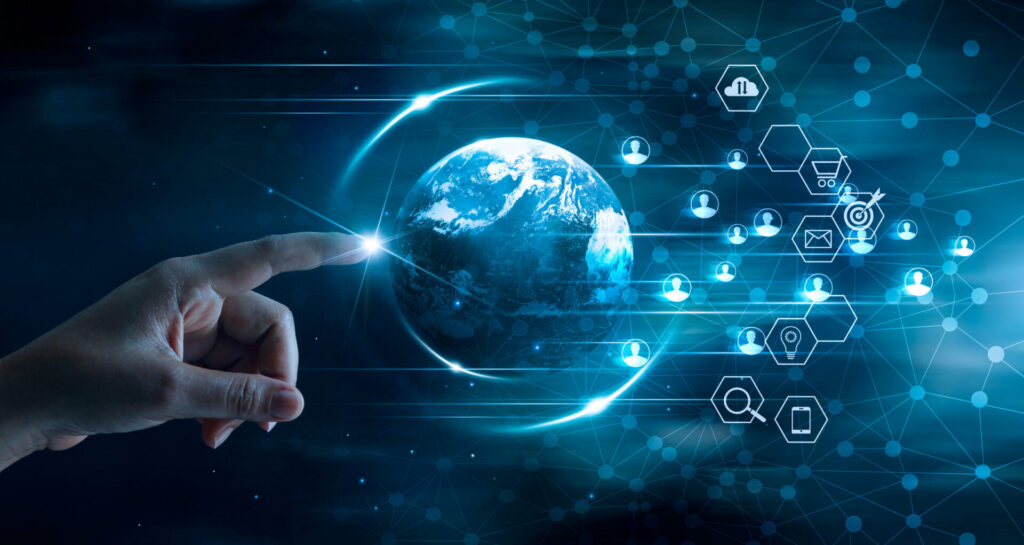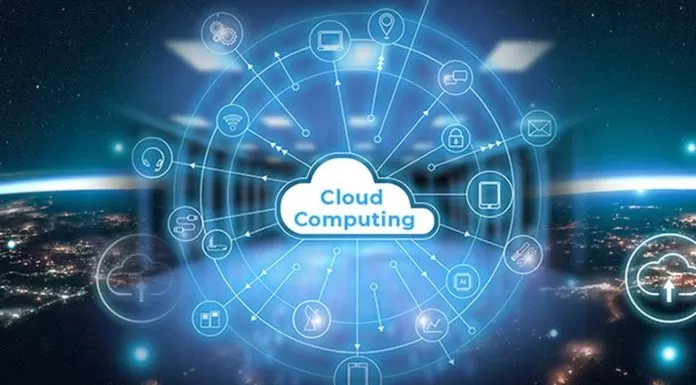The Internet of Things (IoT) if you are not familiar with the term, is the future of ALL technology. The Internet of Things is going to connect 50 billion devices by 2020. You see, in order for the Internet of Things to work – every device must have one piece of software… A tiny piece of technology called MEMS, which is short for microelectromechanical systems.
MEMS are tiny low-power sensors… so tiny that 100 of them can fit on a dime. Some versions are just a thousandth of an inch in size. The Internet of Things will be able to sense, think and act, but only with these sensors. They are, quite literally, the eyes and ears of the Internet of Things.
The Internet of Things is the network of physical objects that contain embedded technology to communicate and sense or interact with their internal states or the external environment.
Everything from the phones we carry in our pockets, to the cars we drive, to the buildings in which we work and live, will be linked to massive networks of data.
Coming soon will be a global system of interconnected computer networks, sensors, actuators, and devices all using the internet protocol which hold so much potential to change our lives that it is often referred to as the internet’s next generation.
The Internet of Things is the inter-networking of physical devices, vehicles (also referred to as “connected devices” and “smart devices”), buildings, and other items-embedded with electronics, software, sensors, actuators, and network connectivity that enable these objects to collect and exchange data.
In other words, devices will be able to connect with other devices with or without human intervention. When a machine is fitted with sensors, it can know what condition it is in and, whenever necessary, initiate its own maintenance.
Ten Million driverless cars are expected to be on the road by 2020 and are expected to reduce traffic fatalities by 90%. In order to get you to your destination safely, cars will be talking to other cars, to the weather station, to the Dept of Transportation, stop lights and the very road you drive on.
The IoT allows objects to be sensed or controlled remotely across existing network infrastructure, creating opportunities for more direct integration of the physical world into computer-based systems, and resulting in improved efficiency, accuracy and economic benefit in addition to reduced human intervention.
Everything from the phones we carry in our pockets, to the cars we drive, to the buildings in which we work and live, are linked to massive networks of data. There will be 25 billion connected objects, 90% of cars will be connected.
It now enables communication among physical objects… devices now connecting and communicating with other devices and is helping to create a more connected world. Still in its infancy, The Internet of Things is growing.






More Stories
Connected Living: Exploring the Wonders of the Internet of Things
Entrepreneurship and Michael Dell’s Written content, Commerce, & Neighborhood
Imaginings of Sand by Andre Brink